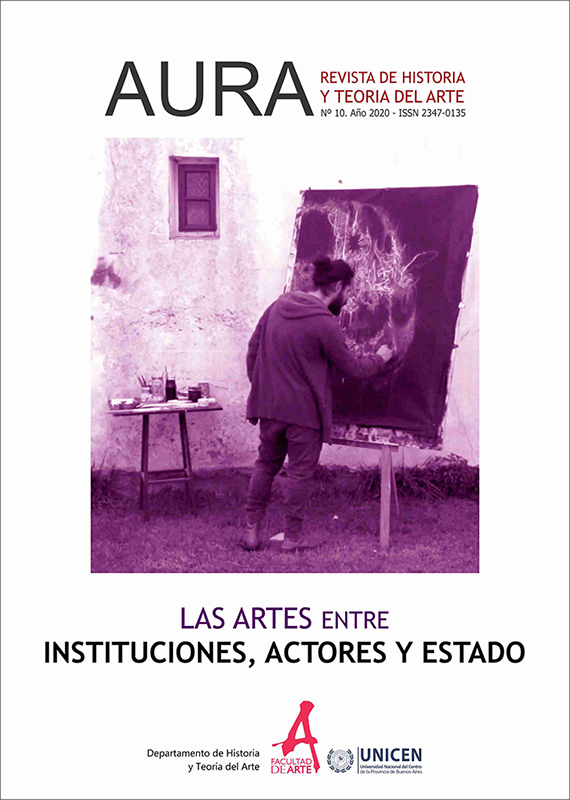Signic disarticulation of "gender" and dialogue with the heteronormative system in the muxe artistic practices of Lukas Avendaño (2014-2018)
Keywords:
Semiotics, Sexuality, Feminism, Contemporary art, MuxeityAbstract
In recent years, feminist critical theory has oriented the debate of gender to the hegemonically reproductive logic that also underlies sexual differentiation.Inserted within the framework of this epistemological displacement, this paper analyzes the aesthetic-artistic production of Lukas Avendaño in which liminal heteronormative identity forms are activated from their own muxe condition -Zapotec category that refers to genetically men people who play a female social role without this implying modifying their biological origin or sexuality- with the aim of inquire their cultural and political implications. From the detection of topics that insist in the idea of a materially moldable body and a perforative sex, it is maintained that its insistence on the subjectively constitutive potential of the sexed body since its “muxeity” would tend to open dialogues with the current heteronormative system to disarticulate the “gender” and leave its regulation, qualification and sociocultural classification without effect. It is expected to demonstrate the socially emotional and culturally formative condition of the artistic practice while reaffirming its politically critical operation in the semiotic dynamics that it causes.
References
AVENDAÑO, Lukas J. (2016). Madame Gabia A Pedro Lemebel en Memoriam, performance. Patiño, M., fotografía.
AVENDAÑO, Lukas J. & PATIÑO M. (2014). La pasión según san Lukas, fotoperformance.
AVENDAÑO, Lukas J. & PATIÑO M. (2016). Rèquiem for an Alcaravan, fotoperformance.
AVENDAÑO, Lukas J. & PATIÑO M. (2018). No soy persona, soy una mariposa, fotoperformance.


